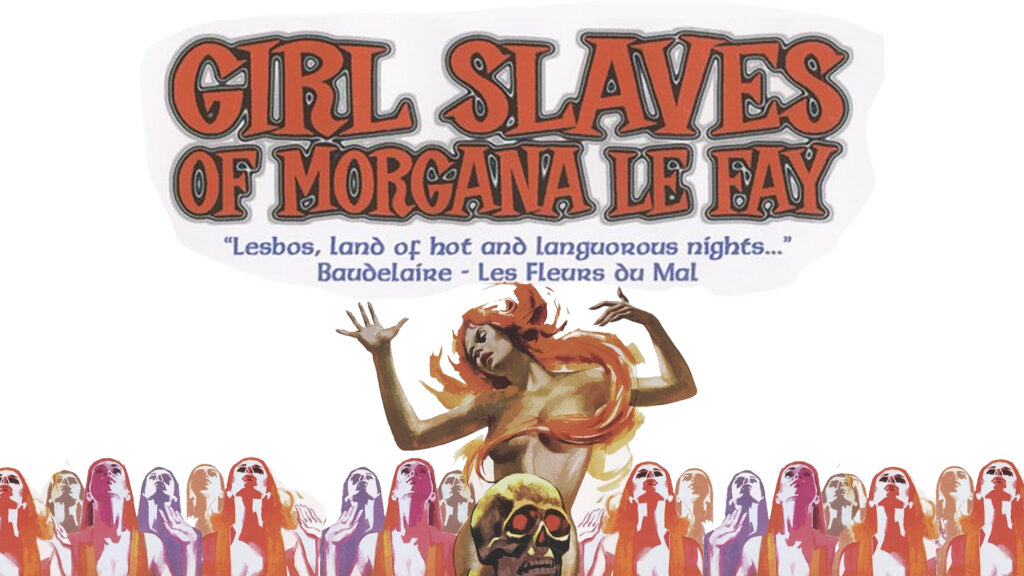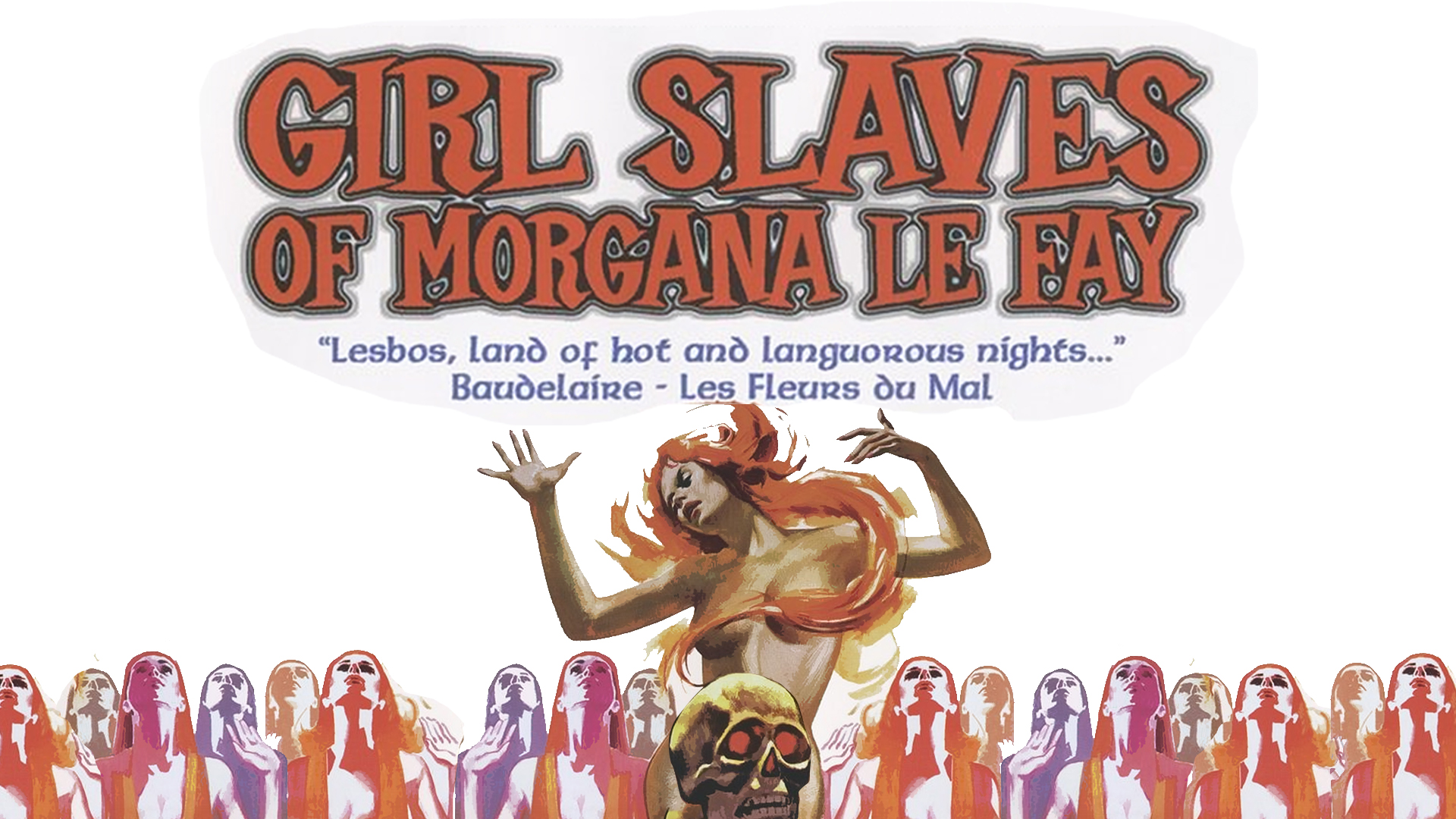
Who’s Morgana Le Fay? Unveiling the Enigmatic Sorceress of Arthurian Legend
The name Morgana Le Fay conjures images of powerful magic, ethereal beauty, and complex motivations. But who’s Morgana Le Fay, really? More than just a villainous sorceress, she’s a multifaceted character deeply embedded in Arthurian legend. Her story is one of conflicting loyalties, potent abilities, and a crucial, often misunderstood, role in the saga of King Arthur and Camelot. This article delves into the origins, evolution, and enduring appeal of this fascinating figure, exploring her various portrayals in literature, art, and popular culture.
Origins and Early Depictions of Morgana Le Fay
The earliest mentions of Morgana Le Fay appear in Geoffrey of Monmouth’s Vita Merlini (c. 1150). Here, she is described as a powerful healer and enchantress residing on the Isle of Avalon, where Arthur is taken to recover after the Battle of Camlann. Importantly, in these early accounts, Morgana is not necessarily portrayed as an antagonist. She is one of nine sisters, all skilled in the arts of healing and magic. This initial depiction lays the foundation for her later associations with healing and the otherworld.
Chrétien de Troyes, in his romances of the late 12th century, further develops Morgana’s character. While not always central to the narrative, she is depicted as a skilled sorceress and a figure of considerable power. These early representations establish Morgana as a significant figure in the Arthurian world, possessing magical abilities and a connection to the mystical realm of Avalon.
The Evolution of Morgana Le Fay: From Healer to Antagonist
The character of Morgana Le Fay undergoes a significant transformation in later Arthurian literature, particularly in the Vulgate Cycle and the Post-Vulgate Cycle of the 13th century. Here, she begins to be portrayed as a more antagonistic figure, often driven by resentment and a desire to undermine Arthur’s reign. This shift in characterization is often attributed to her complex relationship with Arthur, which frequently includes sibling rivalry and conflicting ambitions.
In these later versions, Morgana is often depicted as Arthur’s half-sister, the daughter of Igraine and Gorlois, Duke of Tintagel. This familial connection adds another layer of complexity to her motivations. Some accounts suggest that she harbors resentment towards Arthur for his birth and the circumstances surrounding their parents’ relationship. Others portray her as a political rival, seeking to usurp Arthur’s power and establish her own dominion.
One of the most significant aspects of Morgana’s antagonistic portrayal is her mastery of dark magic. She is often depicted as using her powers to create illusions, enchant knights, and plot against Arthur and his court. Her knowledge of herbs, potions, and spells makes her a formidable opponent, capable of manipulating events and influencing the course of the Arthurian saga. Her role evolves from a simple healer to a cunning and dangerous sorceress, driven by a desire for power and revenge. This transformation solidified the image many have when they ask, “Who’s Morgana Le Fay?”
Morgana Le Fay’s Motivations: A Complex Web of Resentment and Ambition
Understanding who’s Morgana Le Fay requires delving into the complex web of motivations that drive her actions. While often portrayed as a purely evil character, her motivations are often rooted in a combination of resentment, ambition, and a desire for justice. Her familial connection to Arthur, coupled with perceived slights and injustices, fuels her desire to undermine his reign.
One common interpretation of Morgana’s character is that she represents the pagan past resisting the encroaching influence of Christianity. In this view, her magic and connection to the otherworld symbolize the ancient traditions and beliefs that are being displaced by Arthur’s Christian kingdom. Her opposition to Arthur can be seen as a defense of these older ways, a struggle to preserve the magic and mystery of the past.
Furthermore, Morgana’s ambition plays a significant role in her actions. She desires power and recognition, believing that she is more capable of ruling than Arthur. Her pursuit of power often leads her to engage in morally ambiguous actions, blurring the lines between good and evil. This complexity makes her a compelling and enduring character, one that continues to fascinate audiences centuries after her initial appearance.
Morgana Le Fay’s Magical Abilities and Powers
A key aspect of who’s Morgana Le Fay is her extraordinary magical abilities. She is depicted as a master of various magical arts, including healing, shapeshifting, enchantment, and illusion. Her knowledge of herbs, potions, and spells is unparalleled, allowing her to manipulate events and influence the lives of those around her.
One of her most notable abilities is her power to shapeshift. She can transform herself into various animals and humans, allowing her to disguise herself and infiltrate Arthur’s court undetected. This ability makes her a formidable spy and a master of deception, capable of gathering information and manipulating events from the shadows.
Her mastery of enchantment allows her to create powerful illusions and enchant objects and people. She can create false realities, trapping her enemies in elaborate fantasies and manipulating their perceptions. Her enchantments can also imbue objects with magical properties, making them powerful weapons or tools.
Furthermore, Morgana’s connection to the Isle of Avalon grants her access to ancient and powerful magic. Avalon is often depicted as a mystical realm, a place of healing and enchantment, where the veil between worlds is thin. Her connection to this realm enhances her magical abilities and provides her with a unique perspective on the world.
Morgana Le Fay in Popular Culture: An Enduring Legacy
The question of who’s Morgana Le Fay continues to be explored in modern media. Morgana Le Fay’s character has been reinterpreted and reimagined in countless books, films, television shows, and video games. Her enduring appeal lies in her complexity and her ability to embody both good and evil. She is often portrayed as a powerful and independent woman, challenging traditional gender roles and asserting her own agency.
In some adaptations, she is depicted as a sympathetic figure, a victim of circumstance who is driven to villainy by the actions of others. In others, she remains a formidable antagonist, a powerful sorceress who poses a constant threat to Arthur and his kingdom. Regardless of the specific portrayal, Morgana Le Fay remains a central figure in the Arthurian legend, a testament to her enduring power and fascination.
Examples of her appearances in popular culture include the BBC series Merlin, where she is portrayed as a complex and tragic figure who is driven to darkness by betrayal and manipulation. In the film Excalibur, she is depicted as a ruthless and ambitious sorceress who seeks to usurp Arthur’s throne. In Marion Zimmer Bradley’s novel The Mists of Avalon, she is presented as a priestess of Avalon, defending the ancient pagan traditions against the encroaching influence of Christianity. These diverse portrayals demonstrate the enduring appeal and adaptability of Morgana Le Fay’s character.
The Enduring Mystery of Morgana Le Fay
So, who’s Morgana Le Fay? The answer isn’t simple. She’s a healer, a sorceress, a sister, an enemy, a symbol of paganism, and a complex character whose motivations are as multifaceted as the Arthurian legend itself. Her journey from a benevolent healer to a formidable antagonist is a testament to the power of storytelling and the enduring appeal of complex characters. Whether she is portrayed as a villain or a victim, Morgana Le Fay remains one of the most fascinating and enduring figures in Arthurian legend. Her story continues to resonate with audiences today, reminding us of the enduring power of magic, ambition, and the complexities of human nature.
Her story serves as a reminder that even the most powerful figures are driven by complex motivations and that the line between good and evil is often blurred. As long as the Arthurian legend continues to be told, Morgana Le Fay will remain a central figure, a testament to the enduring power of myth and the enduring fascination with the enigmatic sorceress of Avalon. [See also: Arthurian Legends and Their Modern Interpretations] [See also: The Isle of Avalon: Myth and Reality] [See also: The Women of Arthurian Legend]

